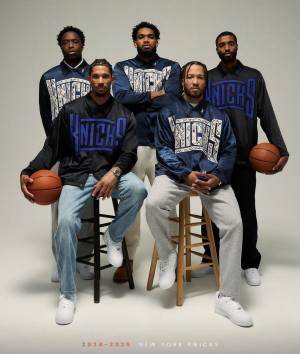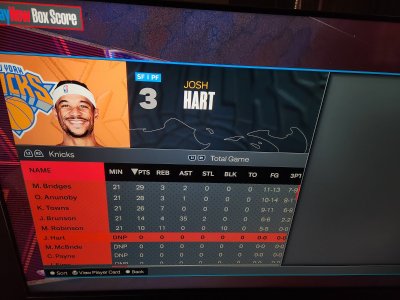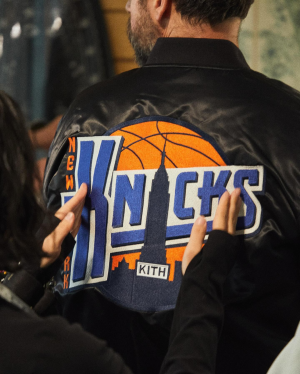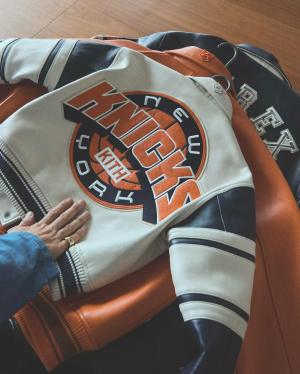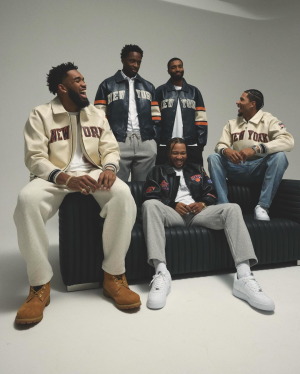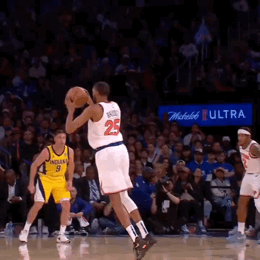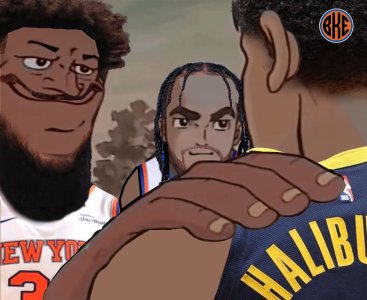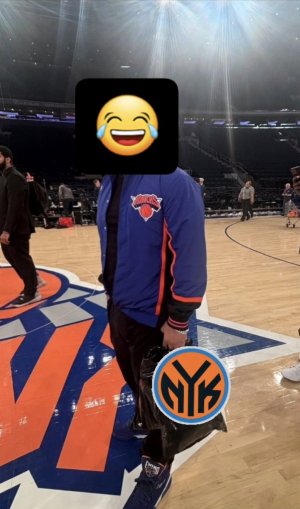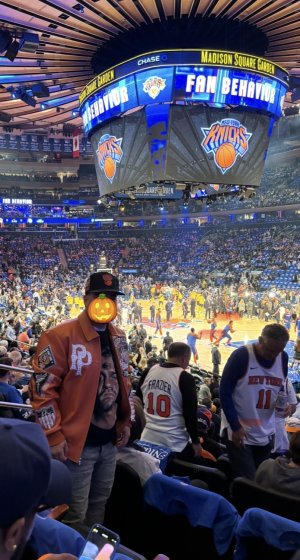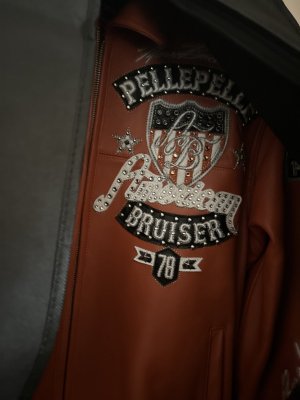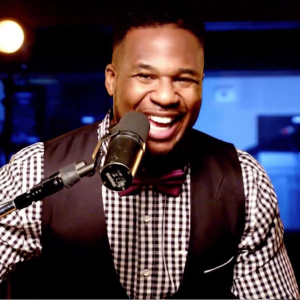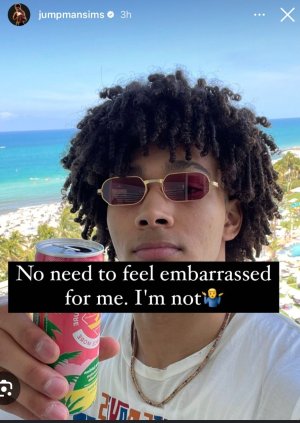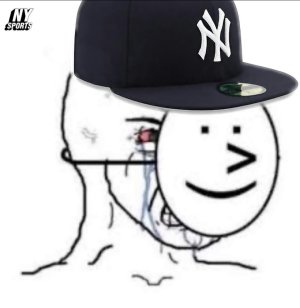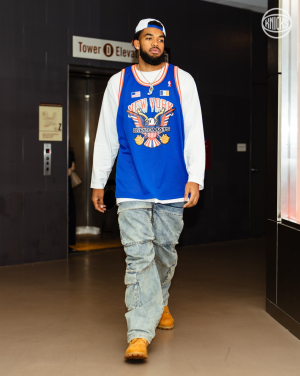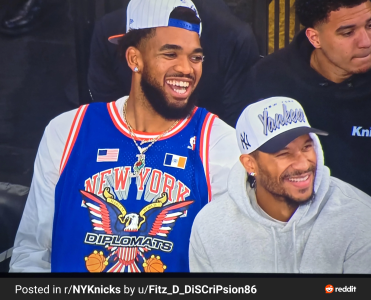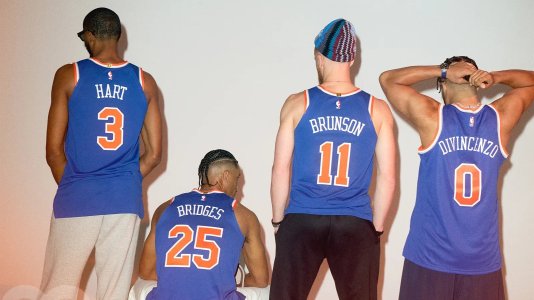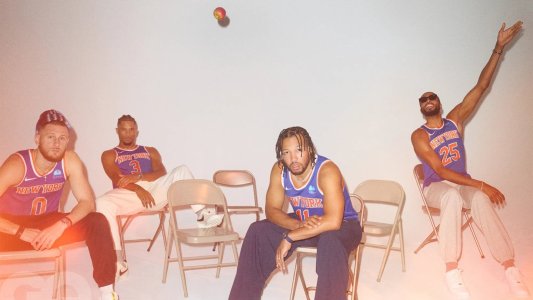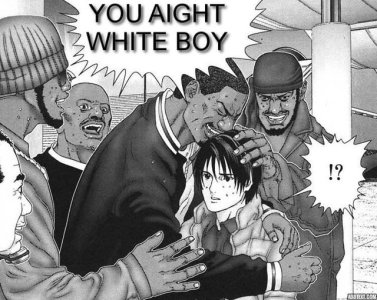The
New York Knicks could embark on a summer of contract extensions.
Jalen Brunson just signed one. Head coach Tom Thibodeau followed. The newest big name to join the squad, Mikal Bridges, can add years to his contract in October. And there is one more person to mention …
Julius Randle is eligible to sign an extension on Saturday. The new deal could pay him up to $181.5 million over as many as four years. But unlike with Brunson and Thibodeau, this situation is not so simple.
ADVERTISEMENT
Brunson took as much as he was allowed in an extension but will still earn
far less than his market value, a no-brainer for the Knicks.
Re-upping Thibodeau, who is entering the final year of his contract, was a given, as well, after the coach helped New York to its third playoff appearance in four seasons.
With Randle, there is more to discuss.
Conversations have surrounded Randle this summer, wondering if he is the ideal fit inside a roster otherwise filled with defensive-minded dynamos, long wings and a bucket-binging point guard. A tiny sample of games pins Randle as essential. The group went 12-2 with him and OG Anunoby this past season. The run ended when Randle dislocated his shoulder at the end of January. He has not played since.
Randle, who can become a free agent in 2025, wasn’t just a bystander during that hot streak. He created 3-pointers and moved the ball as well as ever, all while acting as a secondary scorer alongside Brunson. His performance was strong enough to earn him a third All-Star nod in four seasons.
But whether the Knicks consider Randle superfluous, indispensable or somewhere between, a bloated extension could be detrimental to their long-term financials and thus their ability to field a consistent contender. It means giving Randle an extension is worth it only if, like Brunson, he is willing to take less.
Much less.
Just three years ago, when he extended with the Knicks on a four-year, $117 million deal, Randle opted for security over the chance at more money in free agency. This time, if he were to wait until his current contract expires, he wouldn’t be as certain to land a max contract as, say, Brunson would have been had he not extended in July.
Because Randle has been in the
NBA for more than 10 seasons, his max in free agency would start at 35 percent of the salary cap, amounting to a five-year, $313 million contract. Brunson’s would have been 30 percent. On top of that, just for basketball reasons, those giant maxes are reserved for the Jayson Tatums and Giannis Antetokounmpos of the world. Despite an impressive résumé, Randle isn’t in that crowd.
ADVERTISEMENT
Thus, an extension for Randle on its face would not mean leaving money on the table in the same way it did for Brunson. But even the largest number the Knicks could offer in an extension, $181.5 million total with a $40.5 million starting salary in 2025-26, could be difficult for the organization to stomach.
And therein lies the problem.
Unless Randle, 29, is willing to take a substantial discount, it is difficult to find an agreement that makes sense for both sides.
Brunson taking less — signing a four-year, $156.5 million extension instead of waiting until 2025 free agency, where he could have re-upped on a five-year, $269.1 million contract — was significant not because it shoved extra bills into James Dolan’s pockets but because of the flexibility it gave his team beyond the financials.
If the Knicks aren’t good enough (or even if they are and want to get even better), they can now bolster the roster. Because Brunson’s salary is so low, bogging down the team’s overall payroll, they can use exceptions to sign players or make certain trades they otherwise couldn’t.
Organizations around the NBA are horrified of surpassing the newly minted second apron, a payroll threshold that, if reached, wipes away nearly any tool a group trying to improve could want. It’s not just about tax dollars anymore. A team above the second apron cannot make most types of trades or execute most types of free-agent signings. Draft picks get dinged. Brunson’s discount keeps the Knicks below the second apron for the foreseeable future, especially during the first year (2025-26) when the extension kicks in.
The Knicks can’t throw away the gift Brunson gave them. They cannot go above the second apron this upcoming season. Staying below it in 2025-26, when Bridges is in the final year of a team-friendly contract, is a must.
ADVERTISEMENT
That brings us back to Randle.
New York already has nine players under contract in 2025-26: Two current rookies,
Pacome Dadiet and
Tyler Kolek, and seven of the players in their top eight. Randle is the one whose status is uncertain. Accounting for just those nine guys, the Knicks are still a breezy $54 million below the second apron in 2025-26. But if they were to give Randle all they could in an extension, which would begin in that season, they would come within $13 million of the 2025-26 second apron with only 10 players under contract.
That’s too close.
All of a sudden, the Knicks would become at risk of cresting above the dreaded second apron … or they could be unable to use the resources that would otherwise be afforded to them (such as the midlevel exception or the chance to sign buyout candidates) because they are too close to the threshold.
It means Randle may have to take far less than $40.5 million in starting salary to entice the Knicks into handing him a new contract this summer.
But why should a 29-year-old who has made three All-Star teams and two All-NBA appearances in the past four seasons — an individual as responsible as anyone for carrying the Knicks out of the gutter and into the light — give back so much?
The
Cleveland Cavaliers and
Jarrett Allenjust reportedly agreed to an extension that will pay the one-time All-Star a shade above $30 million annually. Randle is in a higher class. Brunson agreed to less than a max contract, but he also took the most he could in an extension. From Randle’s perspective, why shouldn’t he receive the same treatment?
Will Julius Randle be part of the Knicks’ future? (Al Bello / Getty Images)
Maybe there’s a compromise that helps the Knicks in 2025-26 but also gets Randle paid.
The season the Knicks’ finances blow up is 2026-27. That would be the first year of a new Bridges contract. Even if the Villanova alum were to take a discount on an extension as Brunson did, the Knicks would have three players, not including Randle, making north of $34 million that season.
ADVERTISEMENT
If they were bound to crest above the second apron in 2026-27 anyway, maybe they would take concessions the year before with the acknowledgment that salaries would blow up later.
One way to do that would be to sign Randle to an extension that includes him picking up his player option in 2025-26. Randle could pick up the $30.9 million option, then extend off that number, a new contract that could go as long as three years and start with a salary as high as $43.3 million in 2026-27.
In the end, Randle takes a little less in one year so he can make a little more in the next. And that little less in the player-option season could do wonders for the Knicks.
Add Randle’s player option to their 2025-26 payroll, and the Knicks are in a fabulous financial position. They would have all of their current top eight, plus those two rookies, under contract and would still be $21.5 million below the second apron. They would be $9.5 million below the
first apron.
Heck, if they chose to operate this way, Randle picking up the player option could make the team only one move away from staying below the luxury tax altogether, a massive possible maneuver, considering it would allow the organization to delay the repeater tax, which is more punitive than ever under the new collective bargaining agreement.
The Knicks will pay the tax this upcoming season. Taking a one-year hiatus before jumping back into it in 2026-27 could help them down the line.
If they wanted, they could find a way to use the non-taxpayer midlevel exception, which would allow them to sign a free agent for up to $14.1 million in starting salary — or trade for a player who makes up to that amount without having to send any salary out.
The Knicks would create options that many of the league’s contenders don’t have.
The question that follows Randle around isn’t just about the paper he will either sign or leave blank. It’s also about the jersey he will wear.
ADVERTISEMENT
If Randle and the Knicks can’t work out an extension, if New York’s offer is too low for Randle to justify taking, if Randle believes he can make big money on the open market next summer, then both parties arrive at a difficult place. The Knicks may feel inclined to move on from Randle, but doing so would not be easy.
This is a team with championship ambitions. Because of that, there is no indication the Knicks want to trade their starting power forward. They saw what happened after the arrival of Anunoby in January when the group reeled off that 12-2 heater, which included annihilations of the healthy
Philadelphia 76ers,
Denver Nuggets and
Minnesota Timberwolves.
They saw Randle play the best, pass-first basketball he’d churned out since coming to New York. They understand Brunson needs another source of shot creation next to him. The point guard can’t carry the attack all by himself, especially not when playoff defenses are keyed on him in May or June.
Signing an extension that includes at least a 20 percent raise gives that player a six-month trade restriction. If Randle were to sign one sooner than Aug. 6, six months before the NBA trade deadline, the Knicks could still deal him in February.
But whether he extends or not, the Knicks will not trade Randle just to get worse. And it’s difficult to find a deal that sends away such a key player while also keeping New York in the upper echelon of contenders.
It means the Knicks are most likely to keep Randle. After all, teams would rather have All-Stars in their primes than not have them. But how do they go about holding onto him?
Do they secure Randle for the long term? Or do they head into the season with his future uncertain?
The current administration running the Knicks has always prioritized extending players. It inked Randle to an extension after his first All-NBA season, the 2020-21 campaign that vaulted the Knicks to a No. 4-seeded team. It extended
Josh Hart and
RJ Barrett. It entered extension negotiations with
Immanuel Quickley last summer. Once the Knicks realized how far apart the two sides were, a midseason trade of Quickley became inevitable.
ADVERTISEMENT
This strategy is becoming the new way of the NBA. Extensions will become increasingly common.
Free agency isn’t as friendly as it was under previous CBAs. Agents are warning clients about the dangers of testing the waters instead of taking the money upfront. A player such as Randle could believe a max contract or close to it is coming in the summer of 2025 only to find out once he gets there that there are no offers close.
Not many teams could present competitive contracts to Randle. The
Charlotte Hornets,
Detroit Pistons,
San Antonio Spurs and
Utah Jazz can create cap space in the realm of $20 million next summer, but that’s not enough for him.
The
Washington Wizards could have lots of cap room, but they are in an aggressive rebuild. They’re not offering major dough to a 30-year-old, expensive vet.
The
Houston Rockets, who can create enough space for a max contract and then some, will be one of next summer’s most fascinating teams, but everyone who’s anyone will use Houston as leverage. It’s not like the Rockets can sign each viable free agent. Meanwhile, would a frontcourt of Randle and
Alperen Şengün, Houston’s up-and-coming offensive-minded big man, be what the Rockets want?
Free agency simply isn’t set up for big paydays anymore.
Other than
Paul George, a clear max player who just signed with the Philadelphia 76ers, no player who changed teams via free agency this summer received more than $66 million guaranteed. That honor went to
Kentavious Caldwell-Pope, a 3-and-D wing who would help anywhere and signed a three-year contract with the
Orlando Magic.
There is a world where Randle goes to free agency and has to settle for a sign-and-trade deal, wedged into a market that considers him too specific a fit for most teams to pursue him, à la
DeMar DeRozan. There is one where his best path to maintaining a high salary is to take fewer years in a losing environment, à la
Tobias Harris.
ADVERTISEMENT
Randle accepting an extension that doesn’t give him much of a raise may seem like too much of a concession, but there’s also a world where it is his easiest route to get paid. That could be the Knicks’ selling point.
Meanwhile, the best franchises are securing their futures with team-friendly extensions.
Just in the past few months, the defending champion
Boston Celtics have extended
Jayson Tatum,
Derrick White,
Jrue Holidayand
Sam Hauser. In previous seasons, they’ve given team-friendly ones to
Kristaps Porzingis, Robert Williams III, Payton Pritchard and others.
Some of those contracts work out well in obvious ways. Keeping
Al Horford for less than the midlevel exception was a grand slam. Others are bloop doubles. Adding an extra year to
Josh Richardson’s contract didn’t seem like much until it gave the Celtics the salary to trade Richardson to San Antonio for White, a swap that helped bring them a title.
The Knicks are trying to do the same.
They’ve locked in Brunson already. Talks with Bridges, who is eligible for an extension on Oct. 1, will come later. Ironically, the largest offer the Knicks can make to him has the same starting salary as the one they made to Brunson. But before Bridges, they must handle the Randle situation.
They could agree quickly, revisit talks at the trade deadline or take negotiations into free agency a year from now.
All the way, the Knicks will uphold two principles: They don’t want to negate the flexibility Brunson’s extension gave them, but they also don’t want to lose Randle just because of the finances.
(Top photo of Julius Randle: Nathaniel S. Butler / NBAE via Getty Images)







